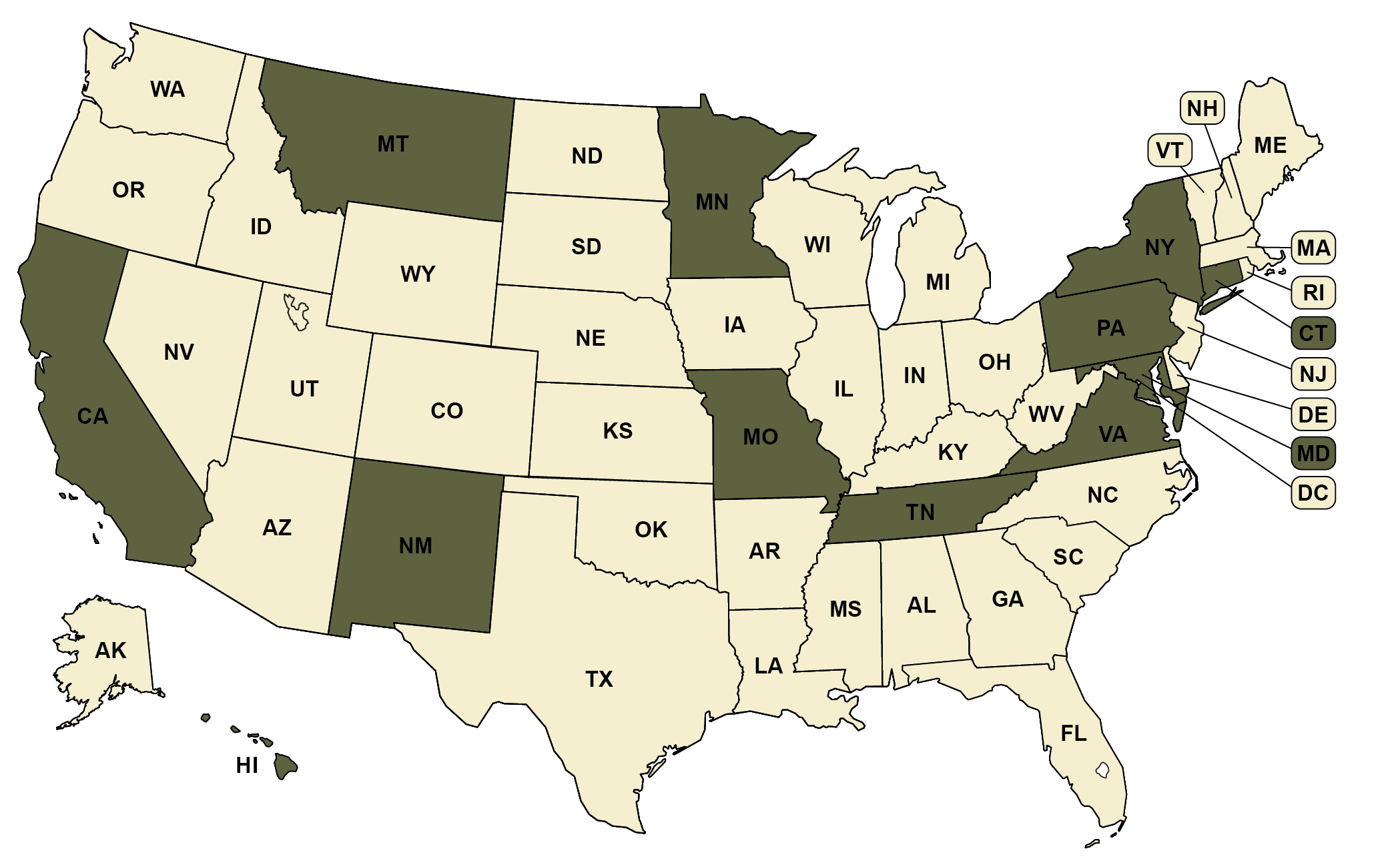With the rise in election denialism and false narratives of voter fraud, voter confidence and trust in elections has declined . In response, some states have updated their laws to explicitly protect against election related disinformation. Specifically, this type of legislation prohibits the knowing dissemination of false information regarding the time, place and manner of conducting elections, as well as false or misleading information about qualifications or restrictions related to voter eligibility. These laws generally work by imposing criminal penalties on persons who knowingly violate the disinformation prohibitions, and some states also provide private rights of action for voters to whom the false information is directed, allowing them to seek a court order against the person who communicated the information.

-
State has a law explicitly protecting against election disinformation
(12 states)
-
State does not have a law explicitly protecting against election disinformation
(38 states + D.C.)
Breakdown by Population
*Note: These percentages reflect the voting-eligible population, as reported by the United States Election Project.
33 % of the population lives in states that have a law explicitly protecting against election disinformation
67 % of the population lives in states that do not have a law explicitly protecting against election disinformation


